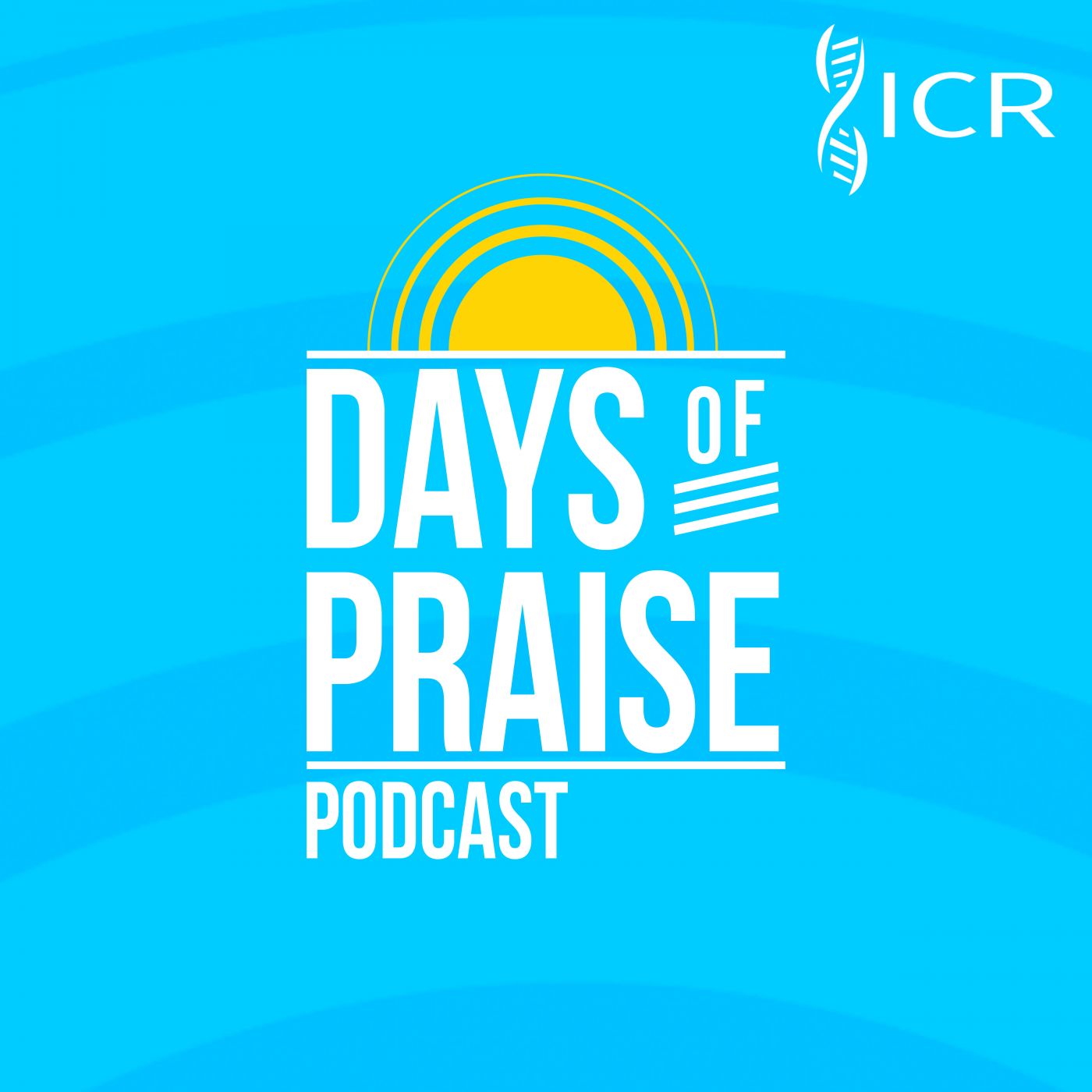“And now, little children, abide in him; that, when he shall appear, we may have confidence, and not be ashamed before him at his coming.” (1 John 2:28)
There is nothing sophisticated or subtle about this Greek word, meno, used many times in the New Testament. The various shades of “remaining” or “staying” are easily understood from the context and always focus on a consistent and even permanent situation.
So it is in our text. The Christian is expected to “stay” in a relationship with the Lord Jesus—implying both a permanent relationship and a “normal” relationship. We are to abide in Christ so completely that we would be like a branch growing out of the vine—thus making “fruit” possible (John 15:4-5). We are to continue in His Word so thoroughly that our prayers will be in synchronization with His will (John 15:7) and our behavior will be in synchronization with His commandments (1 John 3:24).
The steadfast “dwelling” in Christ promises to produce a confidence in our eternal relationship—the word choice especially emphasizes freedom in speaking, an unreservedness in speech. As Peter freely spoke at Pentecost (Acts 2:29) and the disciples received boldness to speak the Word of God (Acts 4:31), so our “plainness of speech” (2 Corinthians 3:12) in witnessing sets the stage for our “boldness in the day of judgment” (1 John 4:17).
Ultimately, of course, the lifestyle of abiding in Christ while on this earth builds the sanctified relationship with Christ that we are to enjoy for eternity.
“Cast not away therefore your confidence, which hath great recompence of reward. For ye have need of patience, that, after ye have done the will of God, ye might receive the promise” (Hebrews 10:35-36). HMM III
 Days of Praise Podcast is a podcast based on the Institute for Creation Research quarterly print devotional, Days of Praise. Start your day with devotional readings written by Dr. Henry Morris, Dr. Henry Morris III, Dr. John Morris, and others to strengthen and encourage you in your Christian faith.
Days of Praise Podcast is a podcast based on the Institute for Creation Research quarterly print devotional, Days of Praise. Start your day with devotional readings written by Dr. Henry Morris, Dr. Henry Morris III, Dr. John Morris, and others to strengthen and encourage you in your Christian faith.













